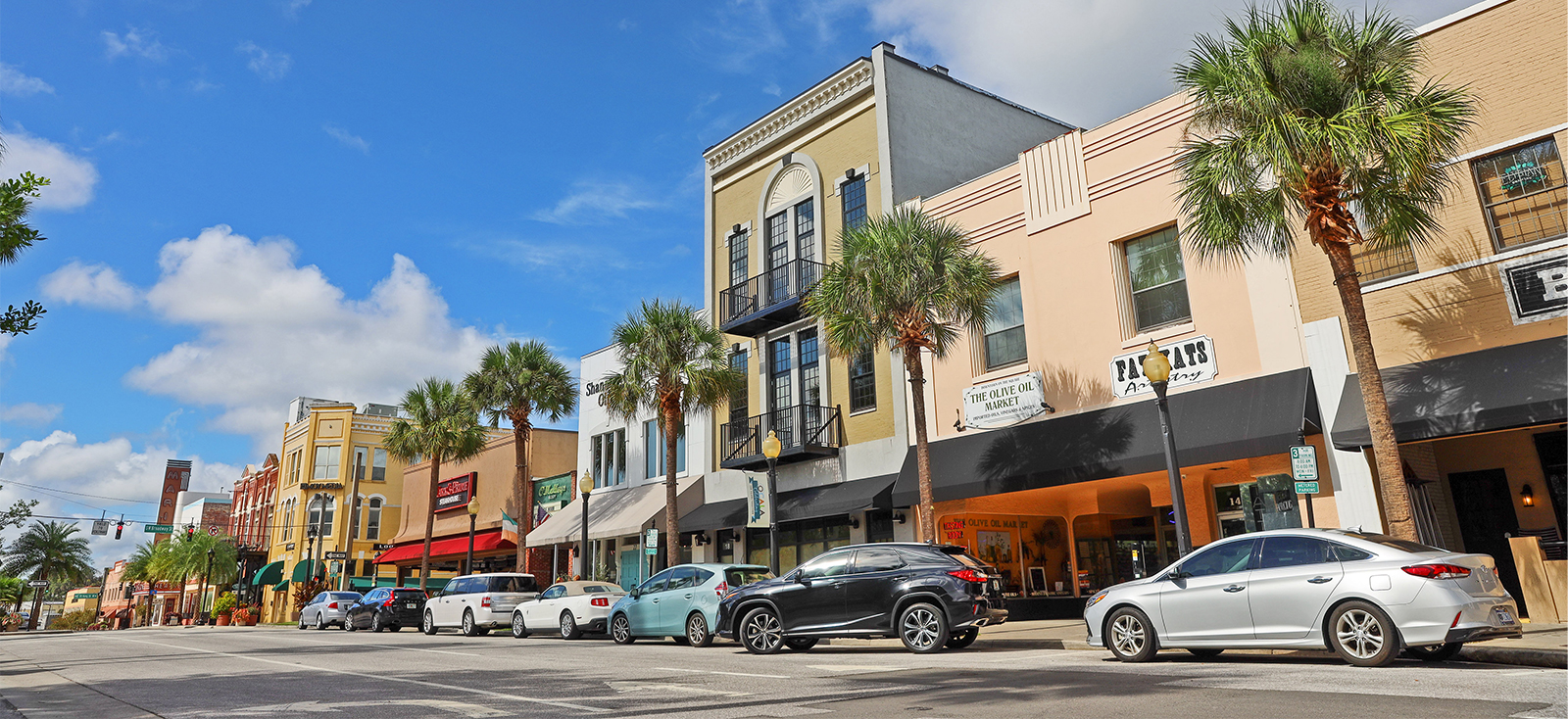About the Ocala Housing Market
Ocala is experiencing steady population growth as people working in other parts of Central Florida move to Ocala for its lower cost of living. This influx of residents has driven up demand for housing and contributed to rising prices.
According to the latest US News Best Places Rankings, Ocala is ranked No. 16 as the best place to retire, No. 6 for fastest growing, No. 9 for best place to live in Florida and No. 10 as the safest place to live in Florida.
A study by Avalanche Consulting showed that the Ocala Metro ranked in the top 15 of all metros under 500,000 in terms of growth of Millennials (25-34) during the period between 2012-2017. The growth rate was more than double the national average.
Demand for rentals is driving rent growth in Ocala. Zumper reports that, as of January 2023, the average rent for a 1-bedroom apartment in Ocala is $1,199, a 29% increase from last year.

Median Household Income: $55,161
Metro Population: 385,915
11-Year Population Growth: 16.47%
Median Home Price: $272,593
Median Rent Per Month: $1,587 (0.58% rent-to-value ratio)
1-Year Equity Growth: 32.8%
8-Year Equity Growth (January 2014 – December 2022): 137%
1-Year Rent Growth: 17%
8-Year Rent Growth (January 2014 – December 2022): 77%
Job Growth: +2,700 CES jobs created over the last year
1-Year Job Growth Rate: 2.44% (36% lower than the national average)
Unemployment Rate: 3.2% (13.5% lower than the national average)
Tenant Laws: Landlord-Friendly
What to Like
Affordable cost of living
Growing economy & job market
Natural nature beauty
Quality of life
What to Watch Out For
Distance from major cities
Hot and humid summers
Lack of diversity
Risk of flooding
– Ocala is a small city in north central Florida, about 60 miles east of the famous Daytona Beach and 70 miles north of Orlando. The city features tree-lined streets and southern-style homes nestled among miles of nature preserves.
– In recent years, several major companies have opened large distribution centers in the city. FedEx, Chewy and AutoZone have established large facilities here. The city’s central location, with its easy interstate access to much of the Southeast, makes it an attractive spot for these companies.
– Home prices in Ocala have appreciated by a total of 136.84%, 63% faster than the US average, since 2014. The average annual home price appreciation rate in the Ocala metro area is 13.11%.
– The Ocala metro area has grown by 16.47% since 2010. As of the 2021 census, its population was 385,915. The area has grown at a rate of 1.54% per year since 2010 and 126% faster than the total US population in the last 11 years.
– The growth of Ocala has led to a need for more housing, as well as the creation of new jobs. Unemployment is at an all-time low for Marion County.

Affordable real estate
Compared to other Florida markets, like Tampa, the Ocala housing market is quite affordable for investors. The median home price in Ocala is $272,593, which is 21% lower than the national average.
Attractive rental market
Ocala is a growing city, which means that there are plenty of attractive investment opportunities in the real estate market. In 2022, rental prices rose by over 16% annually and they’re expected to rise even higher in 2023 as the population continues to grow. 54% of households in Ocala rent their homes, so there is a high demand for rental properties.
Strong job growth
The Ocala metro area added about 2,700 new jobs between October 2021 and October 2022, a job growth rate of 2.44% that lags the national average by 36.5%. The area’s unemployment rate is 3.2% as of October 2022, lower than the US average of 3.7% for the same month.
Purchasing Property in Ocala
Both short-term and long-term investors will enjoy excellent returns in Ocala. Mashvisor data shows that for traditional real estate investors in Ocala, the cash-on-cash return is 5%; for AirBnB investors, it’s also 5%.
From 2014 to 2022, average rent prices in the Ocala metro area have appreciated by a total of 76.9%. The average annual rent appreciation rate between 2014 and 2022 was 8.49%. Marion County’s population is growing quickly, and projections show it will reach 400,000 next year and half a million by 2040.
These Ocala neighborhoods have seen the sharpest increases in home values since 2000: Lowell, York, Silver Springs Shores Northeast, Early Bird, US Hwy 27, Silver Springs Shores Northwest, W Silver Springs Blvd, Oak, Silver Springs, and Ocala Ridge. Springs.
Ocala, Florida



No warranty, expressed or implied, is made regarding the accuracy, adequacy, completeness, reliability or usefulness of any data provided. These data are provided “as is.” All warranties of any kind, expressed or implied, including but not limited to fitness for a particular use, freedom from computer viruses, and non-infringement of proprietary rights, are disclaimed. By visiting this website, the user agrees that the data presented here is added and changed periodically, and data may become out-of-date quickly. This data is provided for informational use only, and the user is encouraged to perform his/her own research.